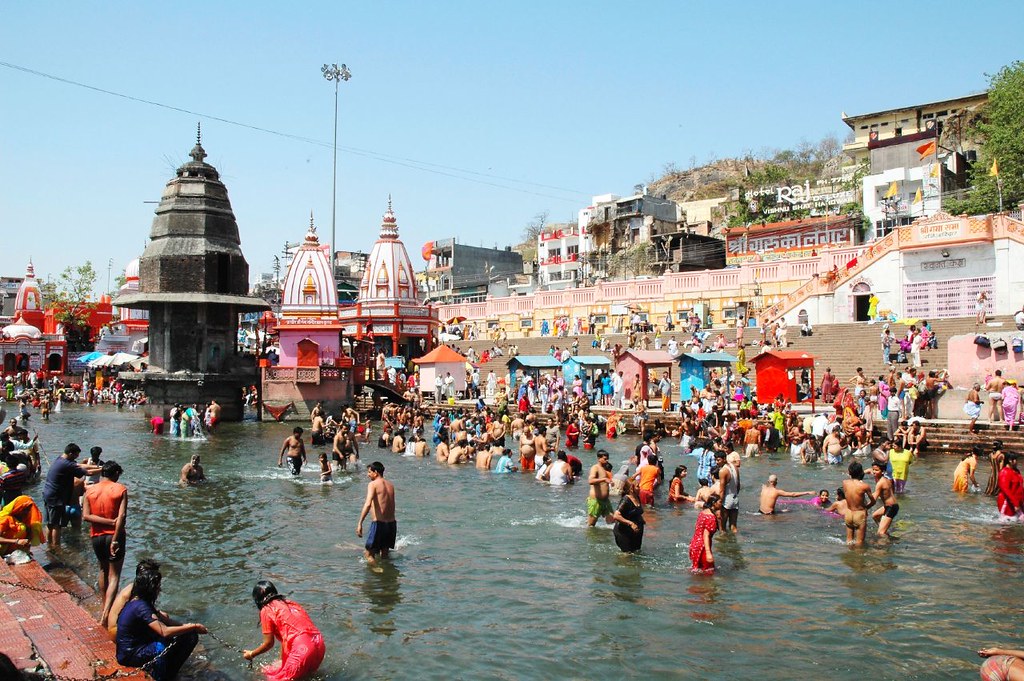Religious tourism can trace its origins back thousands of years to pilgrimages that were an important part of many ancient faiths. Some of the earliest and still most popular religious sites for travel include Jerusalem, which is holy to Christianity, Judaism and Islam. Buddhists have long visited pilgrimage destinations like Bodh Gaya in India where Gautama Buddha is said to have attained enlightenment. However, it is only in more recent decades that religious tourism has really grown into a major sector of the global tourism industry.
With growing wealth and leisure time for many in the post-World War II era, coupled with advances in transportation infrastructure, religious travel became accessible to larger sections of populations. This led to a boom in religious tourism starting in the 1950s-60s. Major sites saw dramatic increases in visitor numbers. For example, the number of Christian pilgrims visiting the Vatican and other European basilicas rose sharply. Mecca in Saudi Arabia also underwent massive development to accommodate the surging numbers of Hajj pilgrims from around the Muslim world.
Present Size and Scope of Religious Tourism
Today, Religious Tourism is a substantial part of the global tourism economy. The World Tourism Organization estimates that around 300-330 million tourist trips each year have a religious purpose or religious significance. This exceeds total arrivals to top destinations like France. Major religious events and festivals see participation running into tens of millions.
Christianity remains the largest driver of international this tourism, with places in Europe, the Middle East and Latin America seeing millions of Christian pilgrims and visitors each year. sites in Italy, Portugal, Spain and France are very popular. Islam accounts for the second largest share, led by the Hajj to Mecca which sees about 2 million in attendance. Buddhist sites across Asia see steady tourist traffic from both domestic and international travelers interested in religion and culture. Emerging areas are religious sites catering to new religious movements and indigenous faiths.
Socio-Economic Impacts of Religious Tourism
The socio-economic benefits of this tourism are immense. It serves as a major contributor to the GDP and employment of many countries. Pilgrimage centers and their surrounding regions see substantial activity in transportation, accommodation, food and retail. Conservative estimates put the global economic impact of this tourism at over $18 billion annually in terms of direct spending alone.
For local communities, it provides livelihood opportunities as small enterprises, shopkeepers and service providers cater to pilgrim needs. Areas in proximity to famous shrines have experienced accelerated development of tourism infrastructure like hotels, restaurants and souvenir shops. This has raised living standards. Religious sites have also been catalysts for conservation of architectural and cultural heritage. They attract public and private funding for maintenance and restoration works.
Anthropological studies have shown how this tourism enriches cultural experiences and fosters interactions. Pilgrimages often involve traditional rituals, arts, crafts and cuisine intrinsic to the faith but declining elsewhere. Their revival through tourism breathes new life into intangible cultural traditions. Festivals see expressions of local religious identity and pride. The mingling of domestic and international visitors also spreads social and spiritual values cross culturally.
Managing the Challenges of Religious Tourism
While the upsides are immense, this tourism’s rapid growth presents challenges too that call for prudent management. Overcrowding, congestion and pressure on infrastructure can degrade the spiritual environment, especially during high seasons and large events. Sustainable development of destinations is needed to handle rising tourist flows without compromising authenticity or resident well-being.
Commercialization is another issue as areas monetize their pilgrimage potential heavily. Overtly consumerist atmospheres may undermine the religious significances which attract visitors in the first place. Striking a balance between facilitation and commercial orientation requires leadership guidance.
Crowd control and security emerge as concerns where millions aggregate at once. The risk of stampedes, health issues and terrorist attacks is real needing high preparedness. Carrying capacities must be estimated and permit systems introduced to maintain orderly access for different faith groups when necessary.
Overall though, with proactive planning and stakeholder coordination, religious tourism’s substantial socio-economic contributions can be further optimized for local communities and the travel industry. Its role in preserving heritage and bringing people of different backgrounds together additionally make it an important sector for the future of global cultural connections.
*Note:
1. Source: Coherent Market Insights, Public sources, Desk research
2. We have leveraged AI tools to mine information and compile it.




